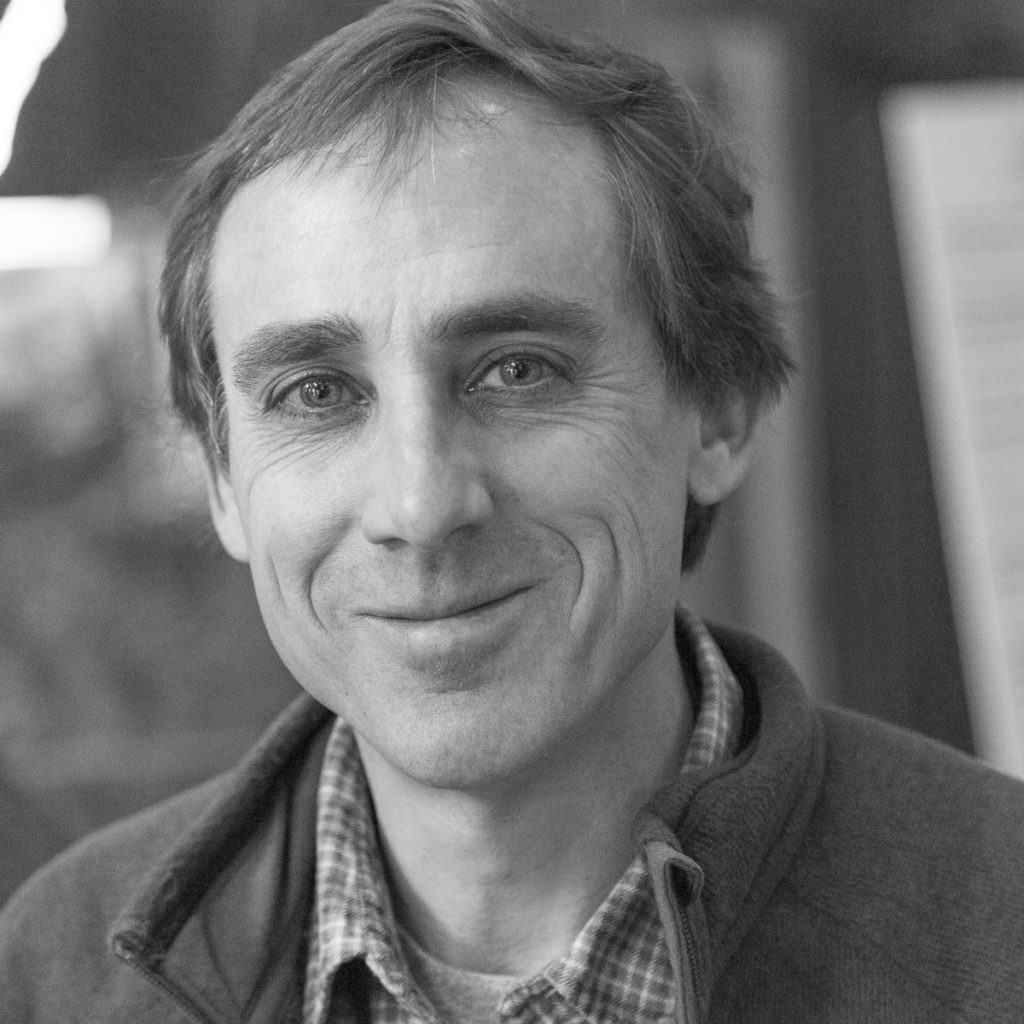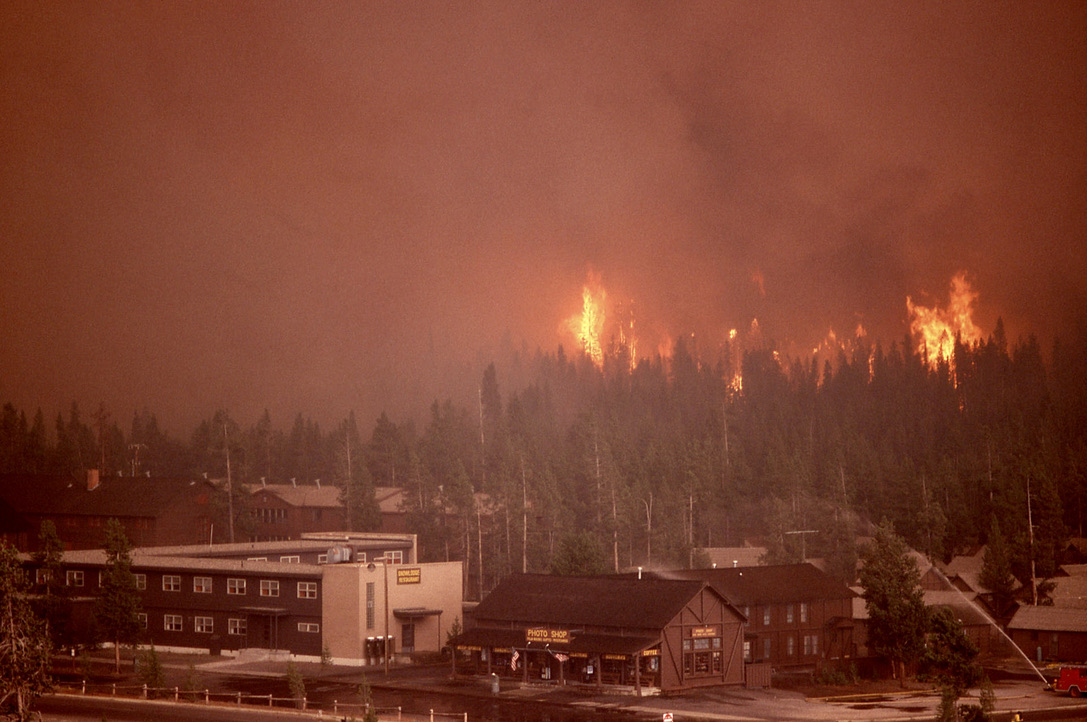By Todd Wilkinson EBS Columnist

We are living in a time in which some people would rather ignore the dots than begin connecting them, or ponder the meaning of cause and effect, or believe that denying science is less anxious an undertaking than giving serious consideration to what’s in front of us.
Sometimes it’s difficult to assess what’s happening when you’re in the middle of it. Consider the indicators:
Regular and increasing summer hoot owl fishing and floating restrictions on our rivers; algae blooms on lakes and even in the Gallatin. While our immediate area has so far avoided large fires this summer thanks to a cool and wet late spring, we are by no means out of the woods.
Two years ago, a Labor Day weekend forest fire near the M Trailhead in Bozeman topped the Bridgers and destroyed 68 structures, 30 of which were homes up Bridger Canyon. And that November, the Porcupine Fire torched nearly 700 acres near Big Sky. Last summer, the Shedhorn Fire up Taylor Fork south of Big Sky burned 75 acres and firefighters contained a torching tree on the South Fork Loop. Currently, a dozen wildfires are burning in Montana.
Whitebark pine trees, whose cone seeds are an important source of nutrition for grizzly bears, continue to die and now are being considered for listing under the Endangered Species Act. Melting out of the mountain snowpack is generally happening earlier. Wetlands are drying out and disappearing. Average temperatures are rising.
Last summer, a peer-reviewed analysis published in the journal “Science” suggests that much of the West, including southwest Montana and much of Wyoming, is suffering the consequences not of a drought, but megadrought. The study is titled “Large contribution from anthropogenic warming to an emerging North American megadrought.”
While the impact is most pronounced in desert and far-west states, the tentacles extend right into our backyard in the Greater Yellowstone Ecosystem.
“Severe and persistent 21st-century drought in southwestern North America motivates comparisons to medieval megadroughts and questions about the role of anthropogenic [human-caused] climate change,” the nine authors write. “We use hydrological modeling and new 1,200-year tree-ring reconstructions so summer soil moisture to demonstrate that the 2000-2018 drought was the second driest 19-year period since 800, exceeded only by a late-1500s megadrought.”
Based on 31 different climate models, researchers believe humans putting more carbon dioxide into the atmosphere is altering weather patterns and ocean water temperatures, giving way to less moisture, lower humidity and warmer temperatures.
Human-caused climate change, they say, has helped to transform what would ordinarily be a drought event into an extended megadrought.
One of the tools used to compare warm, dry periods in the past with the time we’re in now are tree rings that allow scientists to look back in time. Outside of deserts, and particularly in forested areas, the researchers note that drought conditions are worsened by drying soils in summer driven by human-caused warming through enhanced water evaporation and early loss of snowpack.
One way to think about it is this: a ski area may have lots of powder in February but if warming temperatures cause it to melt earlier, and summer moisture either doesn’t materialize or rains are offset by scorching temperatures, soils dry out.
When soils dry, grasses and forests dry and become highly vulnerable to fire, whether lightning or human caused. No amount of forest thinning will halt drying soils; in fact, logging, some other studies note, may make things worse.
In Greater Yellowstone, including mountain foothill areas around Bozeman, Big Sky, Paradise Valley and in the Tetons, thousands of homes have been built at the edge or inside forests. Policy experts say they are the equivalent of people building homes in river flood plains or along ocean coastlines where hurricanes roar ashore.
In many areas, insurance companies are either requiring homeowners to pay enormously high premiums or they have announced they will no longer pay out damage claims for property owners who choose to build in risky areas.
On top of that, firefighting costs are often borne by all American taxpayers. In recent years, those costs have consumed half of the U.S. Forest Service budget with a huge percentage related to defending structures on private land.
At the same time, the agency has dealt with unprecedented cutbacks in personnel carrying out scientific research and wildlife stewardship, backcountry management, trail maintenance, law enforcement, monitoring of livestock grazing allotments, and restoration work.
While climate change means huge challenges relating to fires and property loss (including health issues from smoke), water availability, rangeland for wildlife and livestock, crop production, and the outdoor recreation economy, in the desert Southwest it may be even more dire.
Tens of millions of Americans depend on snowmelt and precipitation that originates in the Rockies and then, via river systems like the Colorado, is tapped by states including Utah, Arizona, New Mexico, Nevada and California downstream.
Lake Powell, a federal water project in southern Utah that was touted as a water bank insurance policy against droughts and a wellspring for economic prosperity via land development, crop irrigation and recreation, is suffering from a “20-year drought”—the last 10 years of which have been called extreme. This summer, water levels could reach 3,540 feet of elevation above sea level at Lake Powell, lowest since 1968.
Experts say that water today has been over-appropriated, meaning more has been allocated to different user groups than is generated in the system, especially during droughts. While transferring of water rights related to agriculture has bought states in the Colorado River upper and lower compacts more time, many believe it is time borrowed.
Last summer, Dr. Cathy Whitlock of Montana State University, Scott Bischke and others released the first-ever assessment that examines the ecological impacts of climate change on Greater Yellowstone. Look for up. The analysis is yet another opportunity for connecting the dots of science-based reality.
Todd Wilkinson is founder of Bozeman-based Mountain Journal (mountainjournal.org) and a correspondent for National Geographic and The Guardian. He’s authored numerous books, including his latest, “Ripple Effects: How to Save Yellowstone and America’s Most Iconic Wildlife Ecosystem,” available at mountainjournal.org.
This column has been updated from the original version published in EBS in April 2021.












